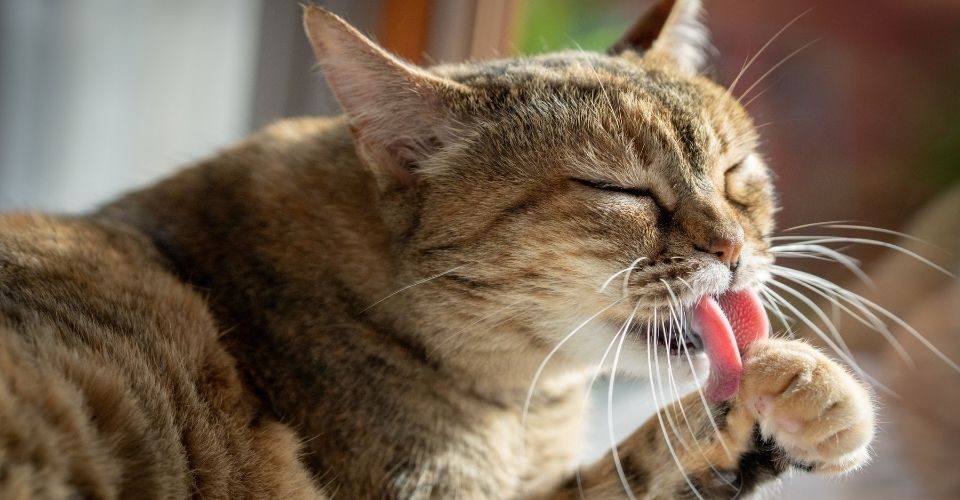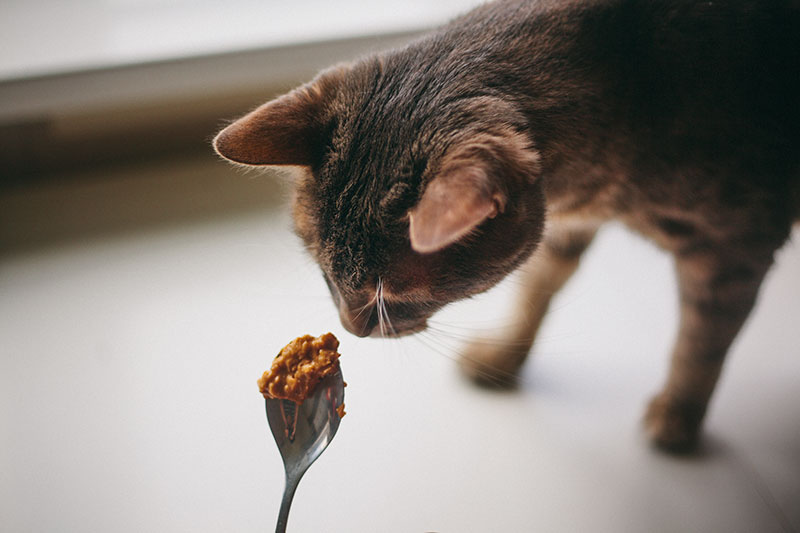There’s no denying that cats are creatures of habit. So, when it comes time to move homes, it’s only natural to worry about how your feline friend will react.
Will the cat wander off? Will she be stressed with the move? These and many other questions will most likely disturb you as you plan to move.
Every pet parent wants to take very good care of their pets as they move – and one common method among cat owners is applying butter on their feet.
But does this work or is it just a myth?
In this post, we will examine this subject and provide an objective answer. Keep reading to find out more!
Pros and Cons of Buttering Cat Paws When Moving

There are a few advantages to buttering a cat’s paw when moving.
First, it can help to protect their paws from the harsh elements. For instance, if you’re moving in winter, the salt and snow can be tough on delicate kitty paws.
Buttering their paws can create a barrier between their skin and the elements, and help to prevent any irritation or injury.
Another pro for applying butter on cat paws is to help them get acclimated to their new home.
When cats move, they often feel stressed and anxious. Buttering their paws can help to calm them down and make them feel more comfortable in their new surroundings.
It’s also believed to help with motion sickness. So, if your cat gets car sick, buttering their paws may help to prevent this.
However, there are also some drawbacks to buttering cat paws when moving. First, it can be quite messy!
If you’re not careful, your cat can end up with butter all over their fur and your furniture—and that’s not fun for anyone involved.
Secondly, some cats simply don’t like the sensation of having their paws buttered. If your cat is resistant to the idea, it’s probably not worth forcing them.
Another issue is the slipping hazard it creates. If your cat is running around with butter on their paws, she could slip and fall, which could lead to an injury.
Is the Butter on Cat’s Paw Theory a Myth?
There is no scientific evidence that applying butter to a cat’s paw works. In fact, most cats are allergic to dairy products, so this may cause them harm.
Furthermore, cats are fastidious groomers and they will most likely lick the butter you apply to their paws.
There are other more effective solutions depending on what you are trying to achieve.
For instance, you can put your cat on a leash if you are worried that she will wander off.
What Happens If A Cat Licks Butter?
If a cat licks butter, she may experience an upset stomach. Butter is high in fat and cats are not able to digest it properly.
Symptoms of an upset stomach in cats include vomiting, diarrhea, and lethargy.
If your cat ingests a large amount of butter, she may need to be seen by a veterinarian.
So, while buttering your cat’s paws may create less of a mess during your move, it’s not the best idea for their health.
Instead, try using pet-safe furniture pads or wraps to protect your belongings and keep your kitty safe.
Is Paw Butter Safe For Cats?
Paw butter is a product that can be used to help soothe and protect your cat’s paws.
It is made from all-natural ingredients, including shea butter, cocoa butter, and beeswax.
While paw butter is safe for cats, it’s important to use it sparingly. You should only apply a small amount to the pads of your cat’s paws and avoid getting it on the fur around their feet.
Alternatives to Buttering Paws

Buttering paws is not generally recommended as it can cause discomfort and may lead to licking which could result in ingestion or other complications.
Some safe alternatives include: double-sided tape, booties or socks with non-slip material, or using a leash.
- Double-sided tape: Use this tape on areas of the furniture that you don’t want your cat to scratch. Be sure to smooth down the edges of the tape so it doesn’t cause any discomfort or injury to your cat.
- Booties or socks: If you are worried about your cat slipping, booties or socks with non-slip material can be put on their paws.
- Leash: if you are worried about losing your kitty, you can also use a leash to keep your cat close by and prevent them from going into off-limits areas.
Parting Thoughts
As we have seen, there is no scientific evidence that buttering a cat’s paws helps them during a move.
That said, buttering your cat’s paws might help as long as you use it sparingly and keep a close eye on your feline friend.
But moving can be hectic and it is better to work with a solution that will make your work easier. For instance, instead of using butter and risking creating a mess, you can just use booties or socks with non-slip material.
Ultimately, you want a solution that will be less stressful for both you and your cat.

Hi! I am Eleanor Price. I started this website after my cat, Louie, almost died from a case of botulism (a type of food poisoning often caused by bacteria that grow on food items). Turned out that my cat’s diet was the problem. I have made it my duty to provide the best information and recommendations about everything cat lovers need to know about their felines’ health and wellbeing. My goal is to find the most informative content on anything feline-related and share it with fellow hardworking kitty lovers.

